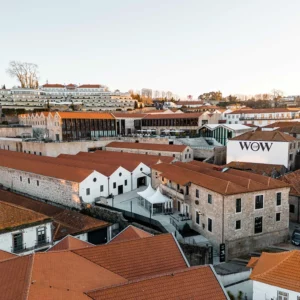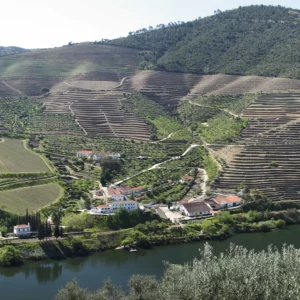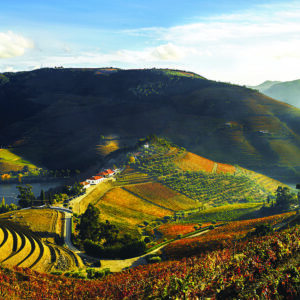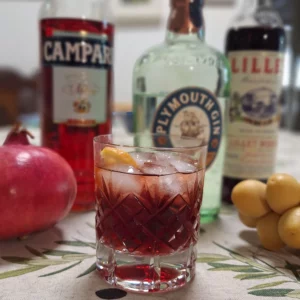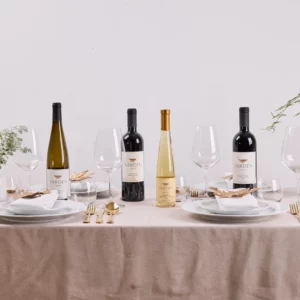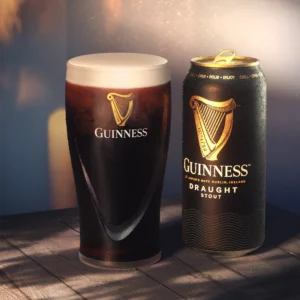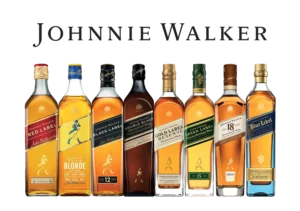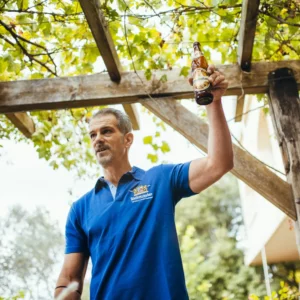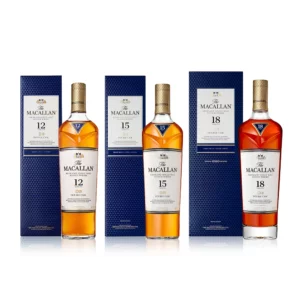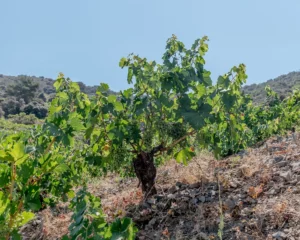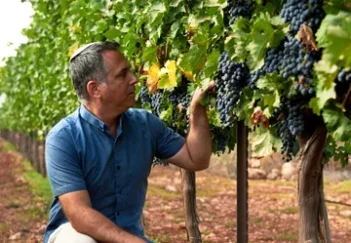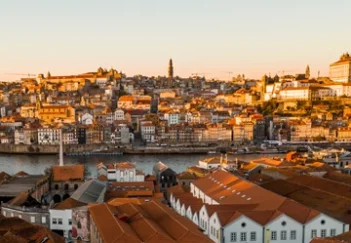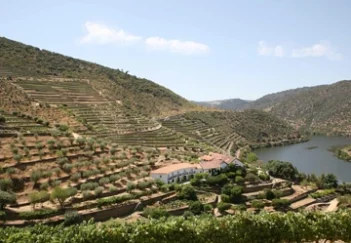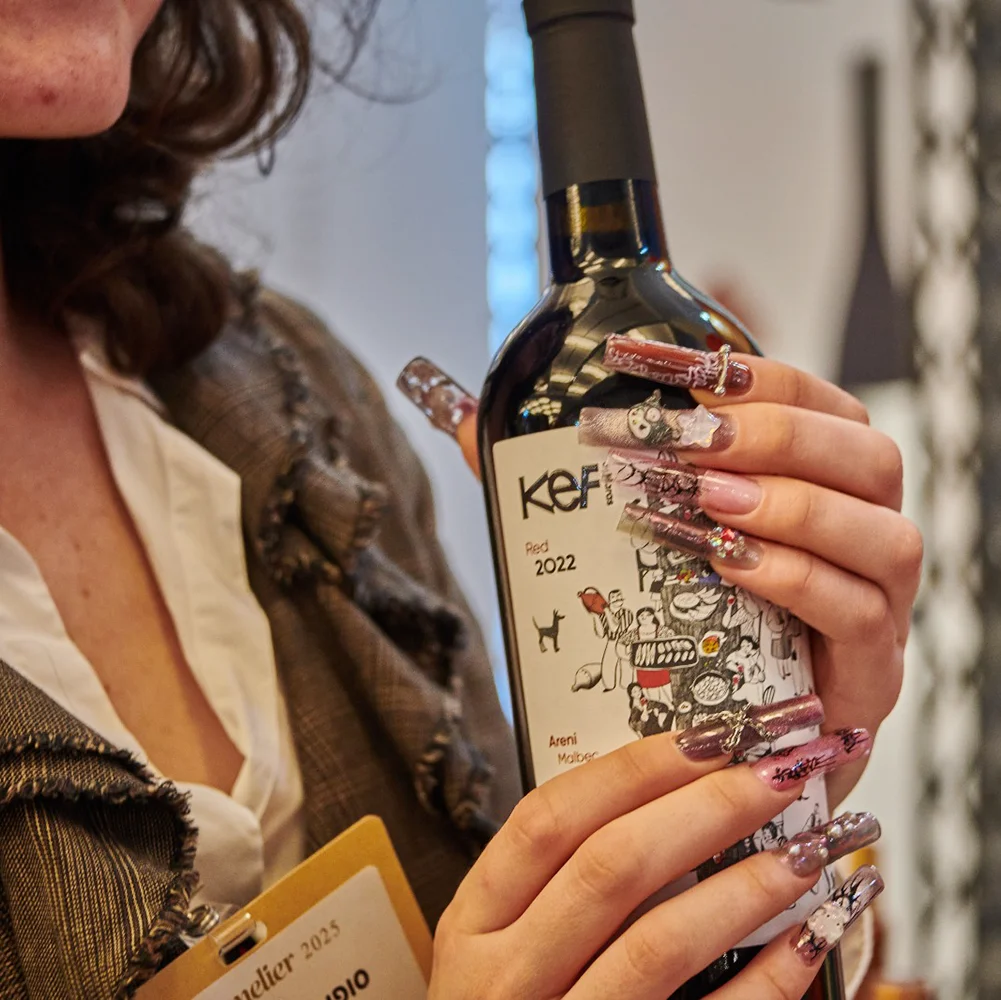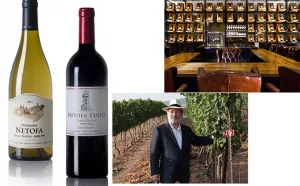At the recent Sommelier Trade Exhibition in Tel Aviv, I came across an Armenian winery. That piqued my interest. Armenia is one of those countries in the southern Caucasus, where wine had its beginnings. They are new here, but part of the Ancient World of winemaking…..and we are too!
I often say Kosher is not a country and Israel is not an island. Though our wines sit on the Kosher shelves in America, we really would be more at home sitting as an integral part of our own wine region. And our geographical region is the Levant, or Near East, which is part of the Eastern Mediterranean. The Eastern Mediterranean wine countries are Cyprus, Greece, Lebanon, Turkiye and Israel. These are the countries that are the cradle of wine culture. They brought wine culture to the west. By rights the wineries from these countries should be bracketed together on wine lists and together on the shelves. They should be under the heading ‘Eastern Mediterranean’, rather than ‘Others’ or ‘Rest of the World’ as occurs now in most of the leading wine stores.
Apart from confirming Israel’s wine region, the wine world is divided by other terminology. For instance: New World and Old World. If France, Italy and Spain represent the Old World; then Argentina, Australia, Chile and South Africa represent the New World. This terminology was once categorized by geography and wine style, but the differences have become a lot smaller in the last decades. There is an overlap because winemaking has modernized everywhere and changed more in the last 25 years than the previous 2,500. However, when the Israelites and Judeans were making wine, they were part of what should be known as the Ancient World. This is also true of the other East Med countries. Just think about it. The wine connoisseur of 2,500 years ago would doubtless have been familiar with wine from the places we now refer to as Cyprus, Greece, Lebanon, Turkiye and Israel. They would not have been familiar with wine from France. Welcome to the ‘Ancient World.’

If we are talking about the Ancient World, then we have to mention the Caucasus. This is where we are always taught wine came from. Noah was the first vigneron according to the Bible and the ark came to rest on Mount Ararat, near to the border between Eastern Turkey and Armenia. Here the Bible, history and folklore coincide. Most wine books will say Georgia was the birthplace of wine. The oldest evidence of wine was from residue on a potsherd, from the village Hajji Firuz Tepe in Iran’s northern Zagros Mountains, near the Caucasus. This was dated as being from about 5,000 BCE. Later, evidence was found of winemaking inside a cave near the village of Areni in Armenia. This was dated at 4,000 BCE and as a result, the Areni-1 site is now known as the oldest discovered winery.
A very recent study proposes the theory that grapevines were domesticated in the Caucasus and Levant at around the same time, c- 9,000 BCE. This research was done through studies of DNA. Of course, the southern Levant includes what is today Israel. Here, the wine cellar of a Canaanite King at Tal Kabri in the Galilee was uncovered which was dated from c- 4,000 years ago. It is the oldest wine cellar found in the Levant. We think of the countries of today divided by modern day borders, but at the dawn of wine history, the regions were broader. However, it is sufficient to say it all began in the southern Caucasus and the Levant.
Certainly, the world of wine geeks has fallen in love with Georgian wine. Their wines are so authentic, different and are often produced in the same way as they did thousands of years ago. Their wine culture is as old as time. Growing unpronounceable grape varieties, making wines in their qvevri (large egg shaped clay vessels) and burying them in the ground to keep them cool is quaint and exotic to many. Making natural wine long before natural wine became a category or talking point. This means the oldest wine culture has become the new ‘in thing’ to many, over-fed and fed-up with wine globalization, standardization and sameness.
Armenia is also part of the same history, but less vocal than the Georgians up to now. It is a small country, with a population of only 3 million, which is landlocked between Georgia, Iran, Azerbaijan and Turkey. I admire small countries like Taiwan and Singapore surrounded by adversity and hostility and Armenia is in that category, as of course is Israel. Anyone who forgot this was reminded when Israel was attacked on seven fronts from October 7th 2023 onwards. Furthermore, Israel has a connection with Armenians. There is an Armenian Quarter in Jerusalem. Real politic is something I don’t understand, but Israel can’t hold its head high with regard to its dealings with Armenia. Israel officially still refuses to acknowledge the genocide of Armenians at the beginning of the 20th century and supported the wrong side with arms in the recent brutal war. It is just as well I live in a wine bubble and don’t have to explain politics. Anyway, Armenians don’t just produce beautiful ceramic plates, they also produce wine and have a wine history as long as the Georgians.
Armenia was always a land of wine and vineyards. When Armenia became part of the Soviet Union, most of the wineries became production plants to make the base product for distilling brandy. As a result, the country is more famous for its Armenian Brandy. Ararat Brandy is the brand people will know. The art of making wine for quality purposes fell by the wayside and in both Georgia and Armenia, bulk cheap wine to keep the Soviets in drink was the order of the day. When the Soviet Union fell in 1991, Georgians took strength and inspiration from their past to revive their wine industry, whereas Armenia made more of a total restart. New investors, ex patriot Armenians and external consultants came in with the objective of creating a new wine industry.

Karas Winery was one of those. This is a winery founded and owned by the Eurnekian family from Argentina, who are owners of a very large conglomerate of companies with very diverse activities. They own wineries in Argentina including Bodega del Fin del Mundo in Patagonia. They are descendants of Armenians and they decided to invest to renew quality winemaking in Armenia. They built their winery in the Ararat Valley of Armenia. Their slogan is “where the beginning (Ararat Valley) meets the end (Patagonia.)” Karas is the Armenia word for qvevri, or large clay amphorae used for winemaking. The winemaker is Gabriel Rogel who is an Argentine, who has gone to live in Yerevan. The consultant winemaker is Michel Rolland, arguably at the top of the tree in terms of influence and track record over decades. The vineyards are overlooked by the snow covered Mount Ararat. All their vineyards are from the Armavir Region, and are located at 1,000 meters above sea level. Soils are basalt, volcanic tuff, limestone and alluvial stones. There are those that say the most successful international variety in Armenia is Syrah. Of course, unlike in Israel where international varieties dominate, Armenia, again like Georgia, have masses of indigenous varieties. The most well-known of these are Areni and Sireni reds, and Voskehat and Kangun amongst the whites. Areni Noir is red variety most associated with Armenia. It has cherry berry aromas, with a bright freshness and a good, prominent acidity. The Sireni variety gives color, deep fruit and tannin. Voskehat was exclusively used to make brandy once. Today it is being revived in its use for quality whites. It has a grassy character with aromas of stone fruits and citrus, and a mineral texture. Kangun is a cross of Rkatsiteli, which is very prominent in Georgia, with an Ukrainian grape. It was originally created for making wine for distillation, but has now found its own place making fresh and aromatic wines.

On seeing the wines in Israel, I immediately wanted to meet the importer. Within days we arranged a meeting. I met Nassar Odeh in my unofficial office at Cafeneto in Ra’anana. He is a charming man, suave, elegant and very dynamic with a finger in many pies. He is definitely a jack of all trades and has built a company called Holy Land Trade Group of extraordinarily broad interests. Now wine is quite a specialized subject, so I was interested to learn how fermented grape juice came to be part of his interests. He told me it all began with an Armenian friend who taught him about Armenian food and he grew to love it and look out for it. Alongside the business graft and the constant demands of importing, selling and juggling numerous plates in the air during every minute of the day, there is also a side of him that pines for the good life. He believes in working hard and playing hard. Nassar told me: “to make money is easy, but you have to enjoy life.” This is how he found himself owning Taboon & Wine, close to Notre Dame in the Old City of Jerusalem. Here he was able to spread bonhomie by offering Armenian food he loved with the wines of wineries owned by Israeli Arabs, like Ashar Winery from the Western Galilee and Jascala Winery, from the Upper Galilee, and Palestinian wineries, like Taybeh Winery, at Taybeh near Ramallah and Philokalia, from Bethlehem. He then decided to extend the theme by importing Armenian Wine. He launched the Karas wines there, but Covid, October 7th and war in succession is not conducive to business or tourism and it is currently closed. We hope not for long.

I was able to sample five wines. The entry level wines are charmingly called Kef (which in Hebrew means fun), which show a busy label picturing a groaning table with the family around. Food, wine and hospitality are an integral part of the Armenian culture. Here there is great similarity with Georgia. The Kef White is a blend of Kangun and Chenin Blanc and the Kef Red is made from Areni and Malbec. The Kef label represents good value and is a good introduction to Armenian wines. In the mid-price range, I tasted a varietal Kangun and Areni. Out of these, I must say I preferred the white. It was medium bodied with a taut texture. Top of the range I tasted, was the Karas Single Vineyard Areni. This was a more complete wine, and gave more than a hint of the potential of Armenian wines and the Areni variety. Certainly, this is a winery that has invested in quality and it will be interesting to follow their progress.
Now I will be looking out for other Armenian wines. After all, wine is armchair tourism. Uncork a bottle of Armenian wine and you are already half way to Armenia. Certainly Armenia is a rich winemaking country that merits further investigation, and Karas is a good start.
Adam Montefiore is a wine trade veteran and a winery insider turned wine writer, who has advanced Israeli wine for 38 years. He is referred to as the English voice of Israeli wine and is the Wine Writer for the Jerusalem Post. www.adammontefiore.com


